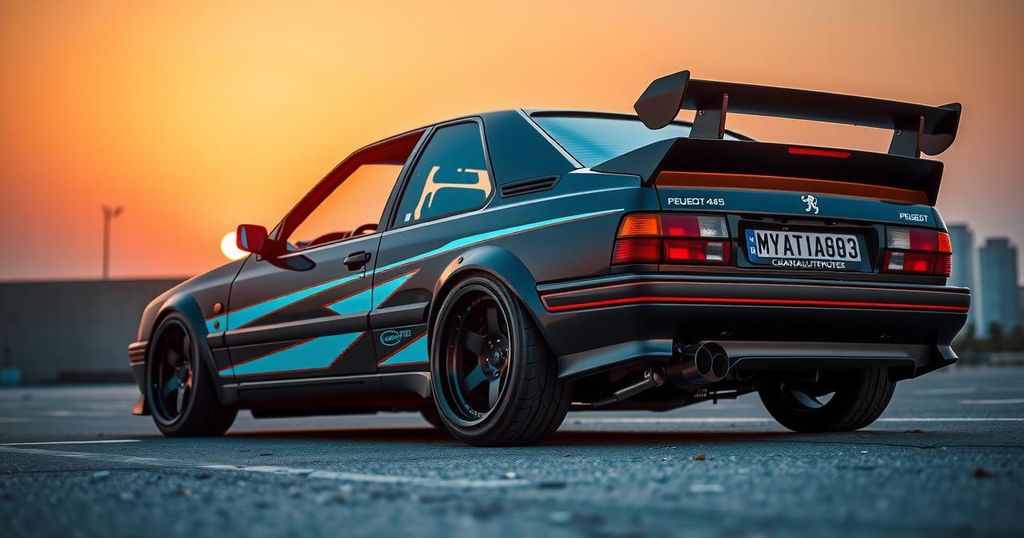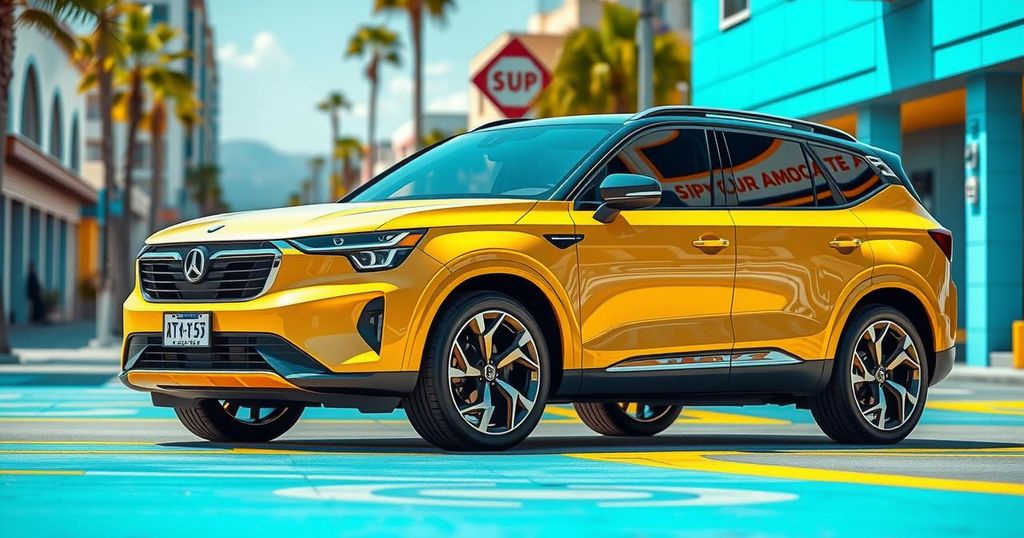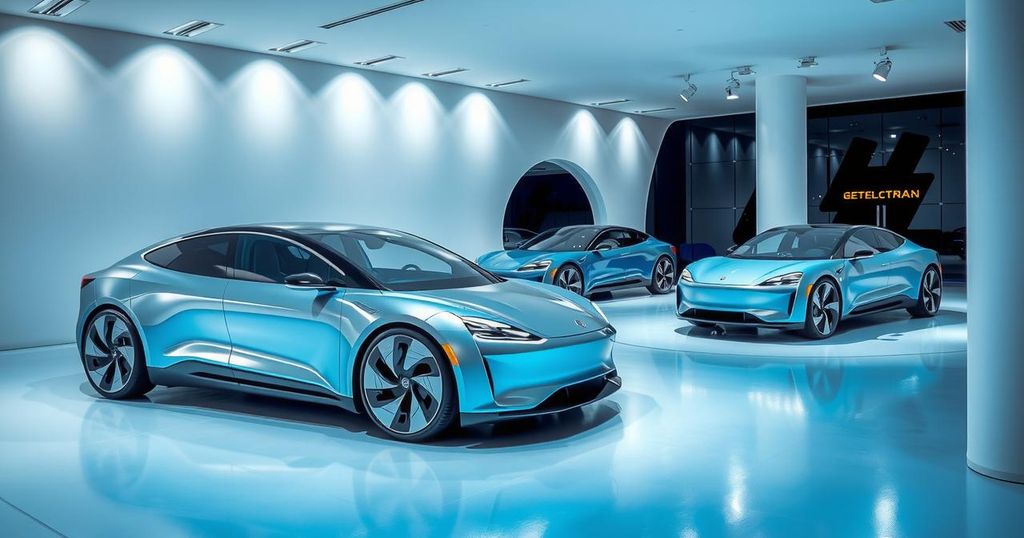Understanding the Peugeot 405 Tuner Scene in Iran: A Unique Rear-End Trend
The article explores the unique tuning culture surrounding the Peugeot 405 in Iran. Unlike typical Western trends of lowering cars, Iranian enthusiasts favor lifting the rear ends. Rooted in smuggling origins, this style has become a visual trend. Insights from local tuners reveal the vehicle’s enduring popularity and the creativity within Iran’s automotive community.
Every country boasts its own unique automotive culture, and Iran is no exception. The local tuning scene has rallied around the Peugeot 405—a car that has caused quite a stir with its distinctive style. Unlike other nations that typically favor lowering cars for performance, Iranian tuners often lift the rear end of the Peugeot for both practical and aesthetic reasons. This trend, while not common globally, is deeply rooted in the car’s history and functionality in Iran.
The Peugeot 405 initially rolled off production lines in France in 1987, but it found a home in Iran when local production began in 1992. Fast forward to today, many still ride the old model, now known as the Peugeot PARS, which integrates updated engines but retains much of the original design. The popularity of this sedan has not waned despite facing fierce competition from newer Chinese brands.
The prevalence of the Peugeot 405 in Iran is staggering, contributing to a vibrant modification culture. An Iranian local named Shayan, who reached out after seeing previous coverage, noted that the appeal of the Peugeot 405 cuts across generations. “We in Iran really like the Peugeot 405. Young and middle-aged people are interested in this car,” he explained, providing insights into the scene.
Different trims are valued differently within Iran. The GLX variant holds a special place due to its desirable XU7 L3 engines and aesthetic appeal. Shayan commented on the beauty of this particular model, which is noted for its unique cream-colored dashboard produced between 2010 and 2013. His insights reflect the pride many Iranians have in this car that has been a part of their landscape for so long.
The tuning scene embraces a variety of modifications. Many enthusiasts upgrade parts such as intake manifolds and exhaust systems to enhance power, yielding mild improvements. More daring modifiers even push boundaries further, with one vehicle reportedly reaching 700 horsepower with nitrous. Still, most of the focus remains on enhancing performance rather than aiming for outlandish dyno numbers.
Beyond the GLX, vehicles like the Pars ELX are also trendy, featuring a more powerful 1.9-liter engine. The audience for modified Peugeots is so vast that you can find numerous Instagram accounts dedicated to showcasing these titled “fighter jets.” Shayan proudly recounted some records, stating, “Mother Iran, we have reached a speed of 260 km/h (161 mph) with this car!”
A striking visual motif within this tuning culture is the rear end lift, which seems counterintuitive compared to the lowered stances common in Western car cultures. Shayan explained that this trend has its origins in smuggling practices. “This car is chosen for its high speed, and to prevent the rear from hitting the ground when loaded, they raise the rear,” he shared. This functional necessity has morphed into a style among car enthusiasts.
Some car owners achieve this unique stance through air suspension systems, allowing them to adjust height based on driving needs. Various creators even manage to share videos online, showcasing these modified Peugeots in action, pushing the limits of speed on Iranian roads.
Iranian car meets are textured events—filled with 405s sporting vibrant blue trims and cleverly crafted modifications. Owners often keep a low profile, opting for subtle aesthetic changes. Shayan himself has a modified 405 GLX that looks sharp and offers performance tweaks while maintaining a largely stock appearance, a common trend.
The depth of Iran’s automotive culture shines through when discussing the Peugeot 405. It is a car eternally intertwined with the lives of many Iranians, who view it as more than an automobile. While media coverage of this niche scene remains sparse in Western narratives, the reality is that Iranians exhibit a passion for automobiles that echoes across the globe.
In summary, the Peugeot 405 has cemented itself as a cornerstone of Iran’s tuning culture, combining practicality, nostalgia, and a vibrant community of enthusiasts. Despite cultural and language barriers, the love for cars—and the urge to modify and tweak them—connects enthusiasts worldwide, proving again how universal our passions can be. From Tehran to the West, the spirit of car culture thrives, driven by the pursuit of speed, style, and community.
In summary, the Peugeot 405 has become a symbol of Iran’s unique car tuning culture, marked by a blend of practical adaptations and visual statements. Despite its humble origins, the vehicle has captured the imaginations of a diverse group of enthusiasts who have transformed it into a canvas for personal expression. The fascinating rise of this particular car among Iranian tuners highlights a broader narrative about cultural exchange and the universal love for automobiles, underscoring the idea that passion for cars transcends borders.
Original Source: www.theautopian.com




Post Comment